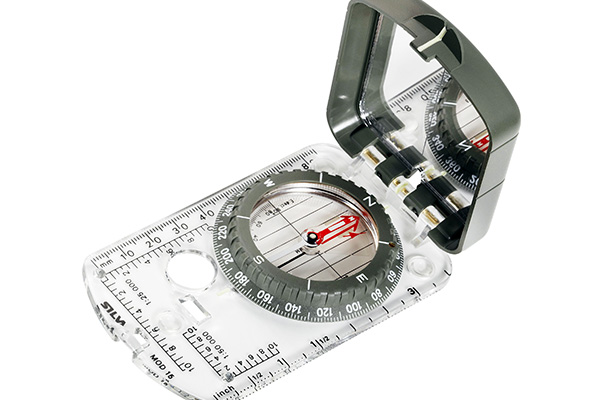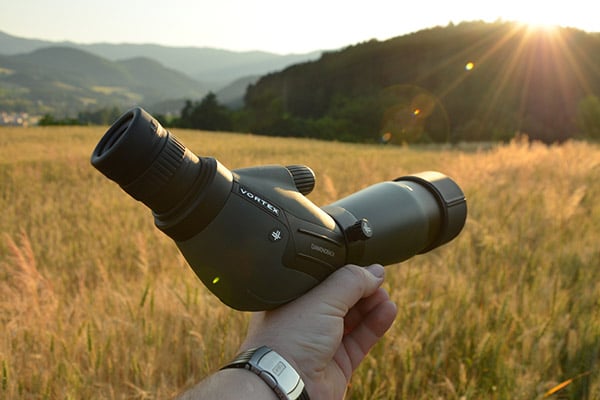Last Updated on
By David Link
Selecting the right sleeping bag can make all the difference between a restful night under the stars and a frigid (or sweltering) night of tossing and turning. While selecting a sleeping bag isn’t exactly rocket science, there are some important factors to consider including temperature rating, size and shape, insulation materials and extra features. Let’s go through them one by one so you’ll know what you’re getting before you buy.
Temperature Rating
The temperature rating of a sleeping bag will be the most important spec to pay attention to in your search. This rating system uses a specific temperature (listed in Fahrenheit or sometimes in both Fahrenheit and Celsius) to help users determine the lowest advisable temperature the bag is approved for. These ratings typically range from 50 degrees F all the way down to -15 or -20 degrees F. It is also worth noting that these ratings assume that you’re using a sleeping pad to create a barrier between yourself and the cold ground. They also assume that you won’t be nude in the bag but rather wearing long underwear or some equivalent.
This all said, don’t expect the temperature rating of a bag to be an absolute. Some people are more temperature resistant than others, especially when sleeping outdoors. So a 30 degree F bag might be perfect for some while too cold for others. Since you can never truly know what the weather is going to do, it is always wise to bring a few extra layers to throw on when your bag is too cold anyway.
If you’re only planning on camping during warm summer nights, then a bag at 40 or 50 degrees F is going to fulfill your needs just fine. These bags are usually inexpensive and designed specifically for casual or car camping scenarios. Those looking for a universal bag that can handle colder climes should start with a 30 degree F bag. This rating will allow you to cover three seasons (spring, summer and fall) with the idea that you’ll be camping in late spring, summer and early fall while avoiding the times that are closer to winter. However it is all about where you live. Those that reside in a humid, often warm portion of the Midwest will have different needs than those who camp in the Rockies where it is almost always cold at night. Therefore a more practical three season bag might start at 15 degrees F for those worried about cooler temps.
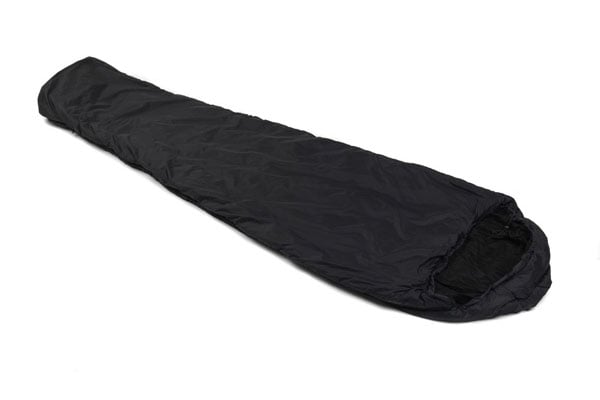
Avoid going overboard with zero degree or negative degree bags if you plan to use them in the summer. You might end up sweating out and sleeping on top of your bag, which is less than ideal. You can always vent or unzip your bag if you get too warm, but consider negative degree bags for winter camping only. For those select few hardy enough to camp in winter conditions, your needs are going to be quite distinct. First off, don’t expect your summer bag with some layering to do much good in low temperatures. As we said, zero to negative degree bags will be the prudent option, but take into account where you’ll be camping. A slumber on top of a mountain in winter is going to require some serious gear like a negative degree bag specifically designed for the purpose. These are sometimes rated with an extra “extreme” label, and while they’ll be expensive, they are a must have when very cold temperatures are your chosen camping environment.
Insulation Materials
There are two primary types of insulation: goose down and synthetic.
Goose Down
Goose down is the old school insulation option that was available before synthetic came along, and for some manufacturers it is still their insulation material of choice. Because of its source, goose down will be the more expensive of the two options, but it does have some key advantages. Goose down packs tighter than synthetic so it is better for backpacking bags where space is an issue, and goose down generally has a better service life than that of synthetic. The drawbacks to using goose down are that it readily absorbs moisture and when wet it does not insulate very well. It can also take a while for a goose down bag to dry out, which is a luxury some might not have when camping away from civilization. Finally goose down can also cause allergic reactions in some users, and in that case synthetic bags will be their only feasible option.
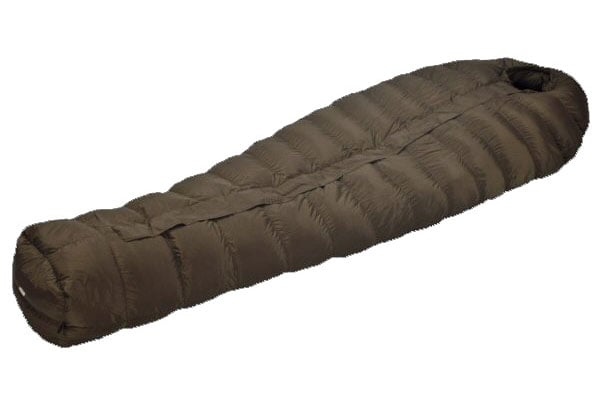
Synthetic
Synthetic insulation dominates the market today primarily because it is less expensive to produce and not as vulnerable to moisture. The trade off with synthetic is that it is bulkier than goose down meaning it will be harder to pack your bag down into a small package for backpacking purposes. Simply put, consider goose down a specialty option, and if this is your first sleeping bag or you’re a casual camper, go synthetic.
Size And Shape
The shape of a sleeping bag can effect its performance, and the space it takes up both packed and unrolled can impact your sleeping arrangements and backpacking options. There are four main types of bags, and we’ll cover them from smallest and tightest to the largest and most roomy bags.
Mummy Bags
These bags are the most streamlined options, and they offer the least amount of space and wiggle room in sleeping bags. They are characterized by a tapered shape that becomes very narrow as it gets to the area where your feet lie, and the head region is also very tight leaving only a small space for your head to exit the bag. They call these mummy bags because you are essentially wrapped up like a mummy while you sleep in them. This design has distinct advantages, especially for cold weather camping. The tight fit reduces the amount of heat that escapes from the bag to keep you warmer on those frigid nights, and this type of bag is also useful for backpacking trips or small tents where space is an issue. Those who like a lot of room to move around in their bag probably won’t like the mummy bag design, and anyone who camps casually in the summer probably won’t be in need of this type of bag.
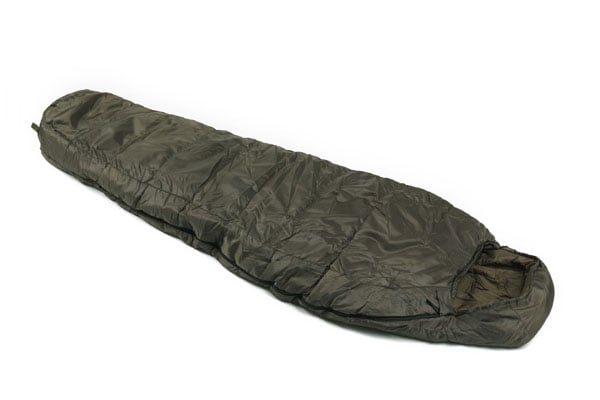
Rounded Bags
This design isn’t as dramatically space saving as a mummy bag, but it isn’t the most spacious option on the market either. Consider these a mid-range option for those somewhat less concerned with space and not necessarily in need of a mummy bag for winter camping and backpacking purposes.
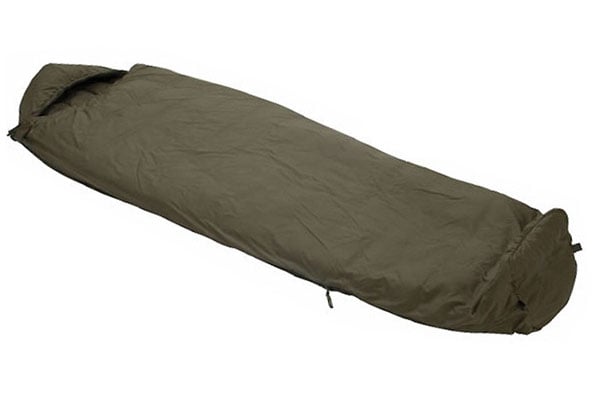
Rectangular Bags
This is the classic sleeping bag design that comes in the shape of a rectangle. Extra space is the obvious advantage here, but don’t expect these bags to be the warmest option since heat can easily escape from the top of the bag. Don’t expect these bags to be backpacker friendly either, as they are primarily for car or casual camping purposes only.
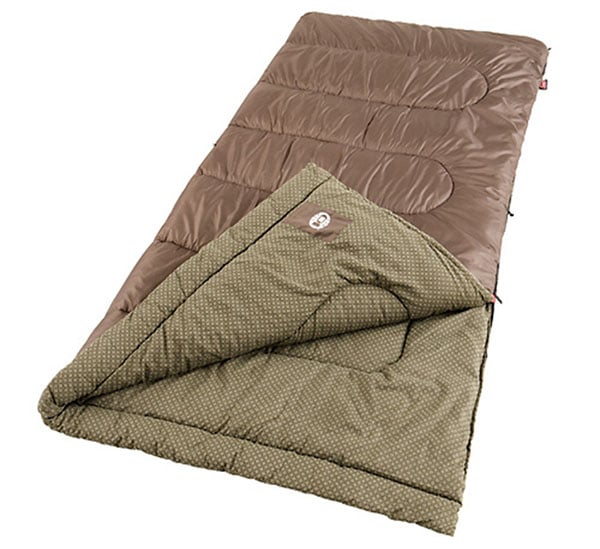
Double-wide Bags
There are some extra-large bags on the market sized to accommodate two occupants, and these are known as double-wide bags. Their extra large size makes them unsuitable for any backpacking excursions, and they aren’t very warm if you have to sleep in them alone, but they can serve a special purpose. Double-wides are cozy options for couples, and you can benefit from the extra residual warmth that comes from having another body next to you on a cold night. Some single bags can zip together to form double-wides, but they’ll be less comfortable than the single piece double-wides.
Extra Features
Stuff Sack
The best way to prolong the life of your sleeping bag is to store it in a stuff sack. Placing dramatic folds in your sleeping bag isn’t good for the down, and given the choice you should always stuff your bag instead of folding or rolling it. It is as easy as starting with one end of the bag and systematically stuffing the rest of it in portion by portion. No two “stuffs” are ever quite the same which reduces the threat of the down becoming damaged or separated. Stuff sacks come included with some bags, and if yours doesn’t, you can purchase one at a reasonable cost.
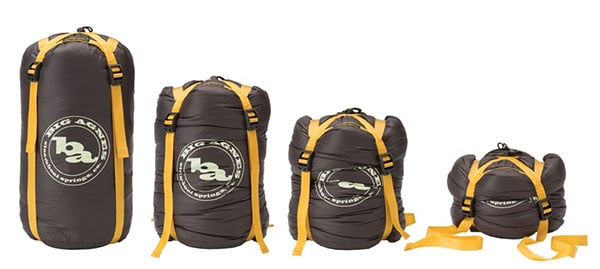
Built-In Pillow / Pillow Pocket
Let’s face it, your rolled up jacket only vaguely passes as a replacement pillow, and if you bring your own pillow, it commonly rolls off or is hard to keep paired with your bag. However, there are a couple features to look for when it comes to better pillow options. The first is a pillow pocket or slot at the head of the sleeping bag where you can insert a pillow and it will stay put during your slumber. While this is a great option for car camping, this isn’t a feasible feature for backpacking or minimalist adventures. Instead opt for a built-in pillow. These won’t be your five-star hotel fluffy pillows, but they are better that your coat or worse nothing, and they pack down easily when you stuff your bag. You can even get double-wide models with two built in pillows if you so desire.
Cold Weather Hood
Many mummy bags come with the extra feature of a hood, and these can be great upgrades for those colder sleeping conditions. A lot of heat escapes from your head, and even when you sleep with a stocking cap, a freezing tent can still mean an uncomfortable sleep for your head and face. Sleeping bag hoods combat this with a piece of fabric that flips up out of the head of the bag to keep your exposed head warm. You won’t find these on every bag, but they are fairly common on lower temp or extreme bags.
